-
Comprehensive review for HESI Module 10 Exam 2025
-
100 practice questions with detailed rationales
-
Focuses on physiological health problems for nursing students
-
Enhances understanding for RN candidates
-
Builds confidence for HESI success
Preview
A client who experienced a brain attack (stroke) exhibits right-sided unilateral neglect.
The nurse caring for this client plans to place the client’s personal care items: – – correct
ans- -B. Within the client’s reach on the right side
Rationale: Unilateral neglect is unawareness of one side of the body. The client behaves
as if that part is not there. The client does not look at the paralyzed limb when moving
about. Unilateral neglect results in increased risk for injury. It is possible for the client to
relearn to look for and to move the affected limb(s). Therefore in this condition the
client’s personal care items are placed within the client’s reach on the right side.
Hemiparesis is a weakness of the face, arm, and leg on one side. The client with one
sided hemiparesis benefits from having objects placed on the unaffected side and
within reach. This reduces client frustration and aids in ensuring client safety because
the client does not have to strain and reach for needed items. The nurse adapts the
client’s environment to the deficit by focusing on the client’s unaffected side and by
placing the client’s personal care items on the affected side within reach. Placing items
out of the client’s reach presents a risk of injury.
The emergency department nurse assesses a client who has a diagnosis of left-sided
heart failure. Which findings does the nurse expect to note? Select all that apply. – –
correct ans- -A. Dyspnea & E. Crackles on auscultation of the lungs.
Rationale: Signs of left-sided heart failure result from decreased cardiac output and
increased pulmonary venous congestion, and the nurse would note signs related to the
respiratory system, such as cough, dyspnea, and crackles and wheezes on auscultation
of the lungs. Right-sided heart failure is associated with increased systemic venous
pressure and congestion, and the nurse would note signs such as neck vein distention,
dependent edema, abdominal distention, and weight gain.
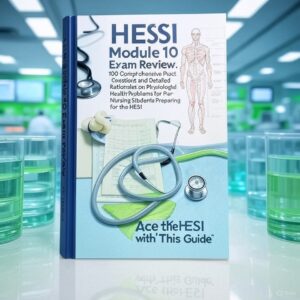




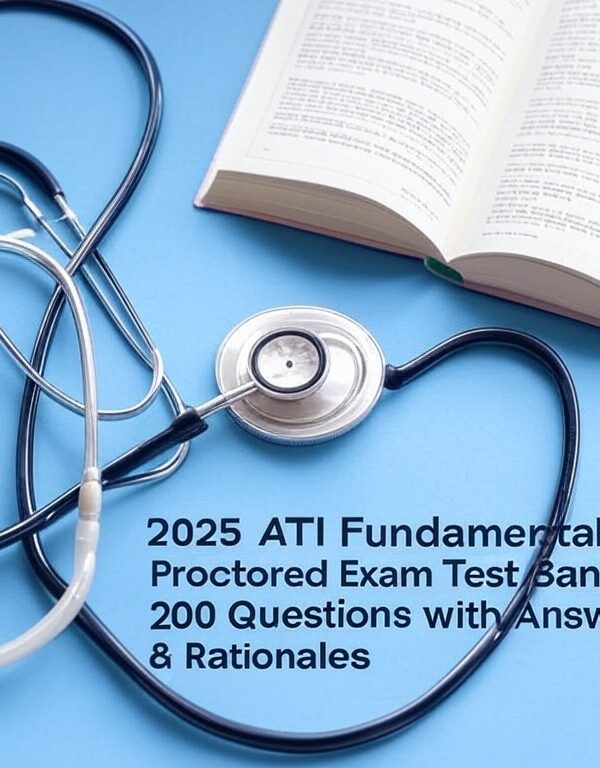


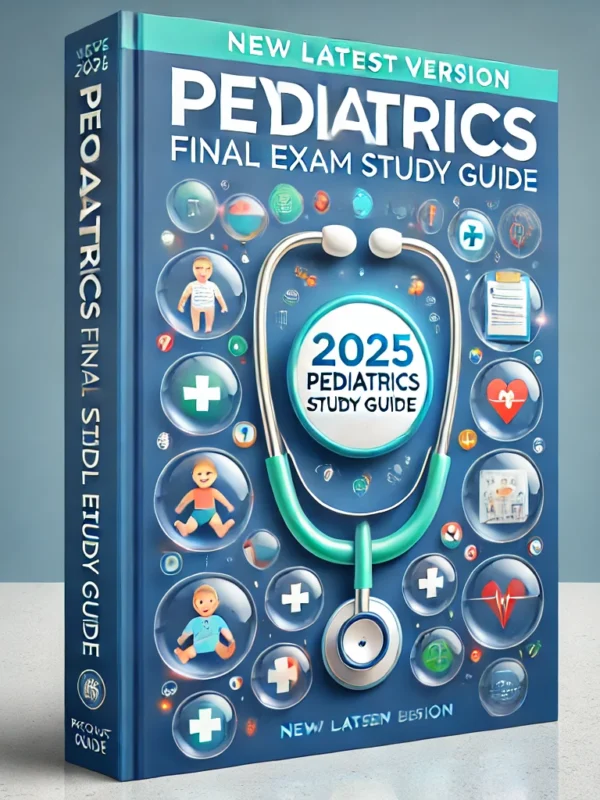
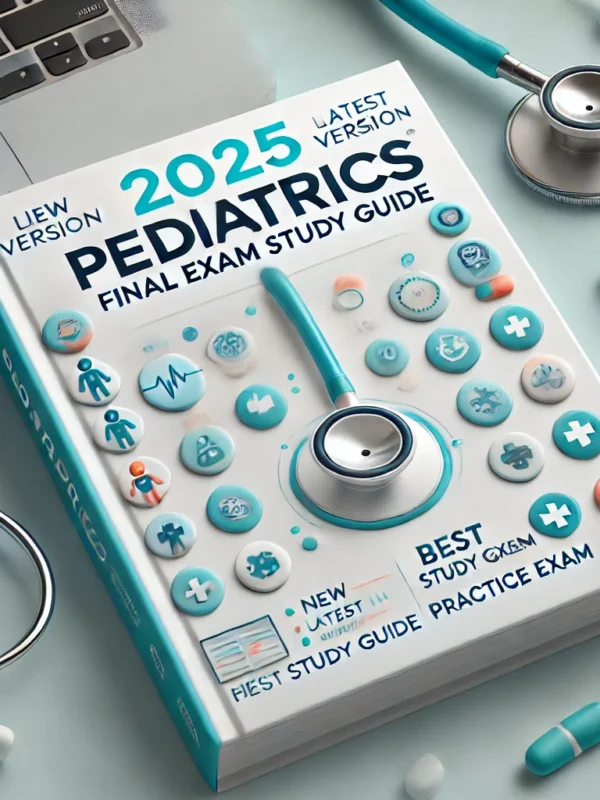

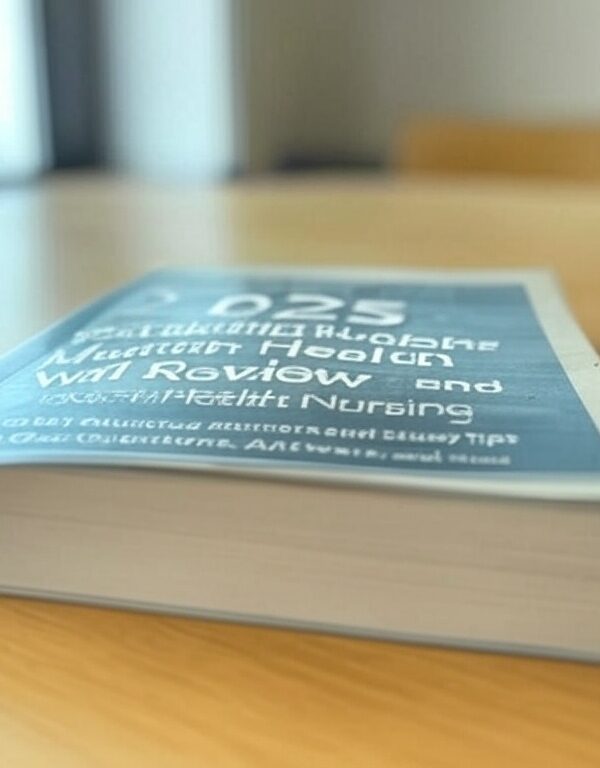
Reviews
There are no reviews yet.